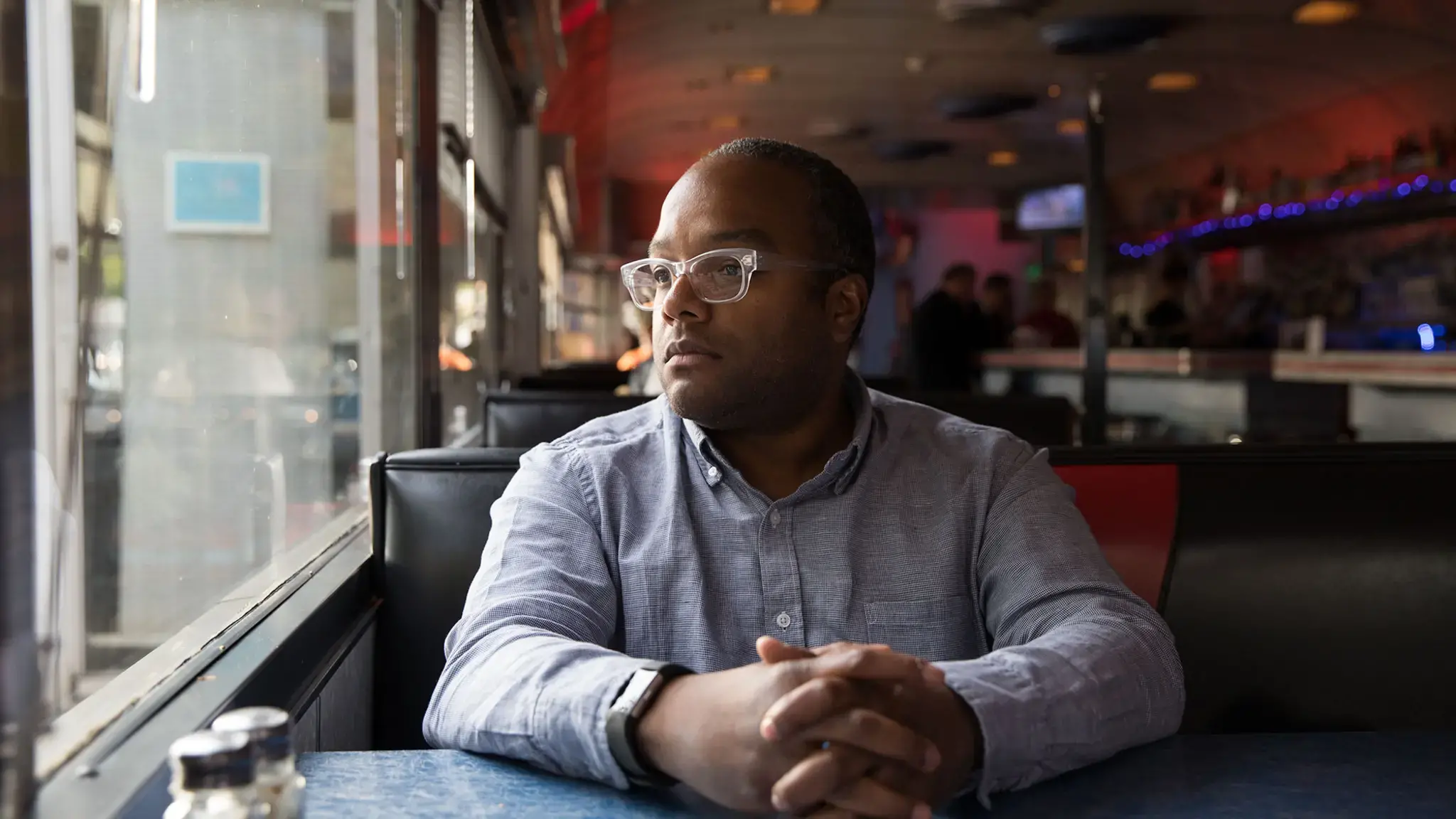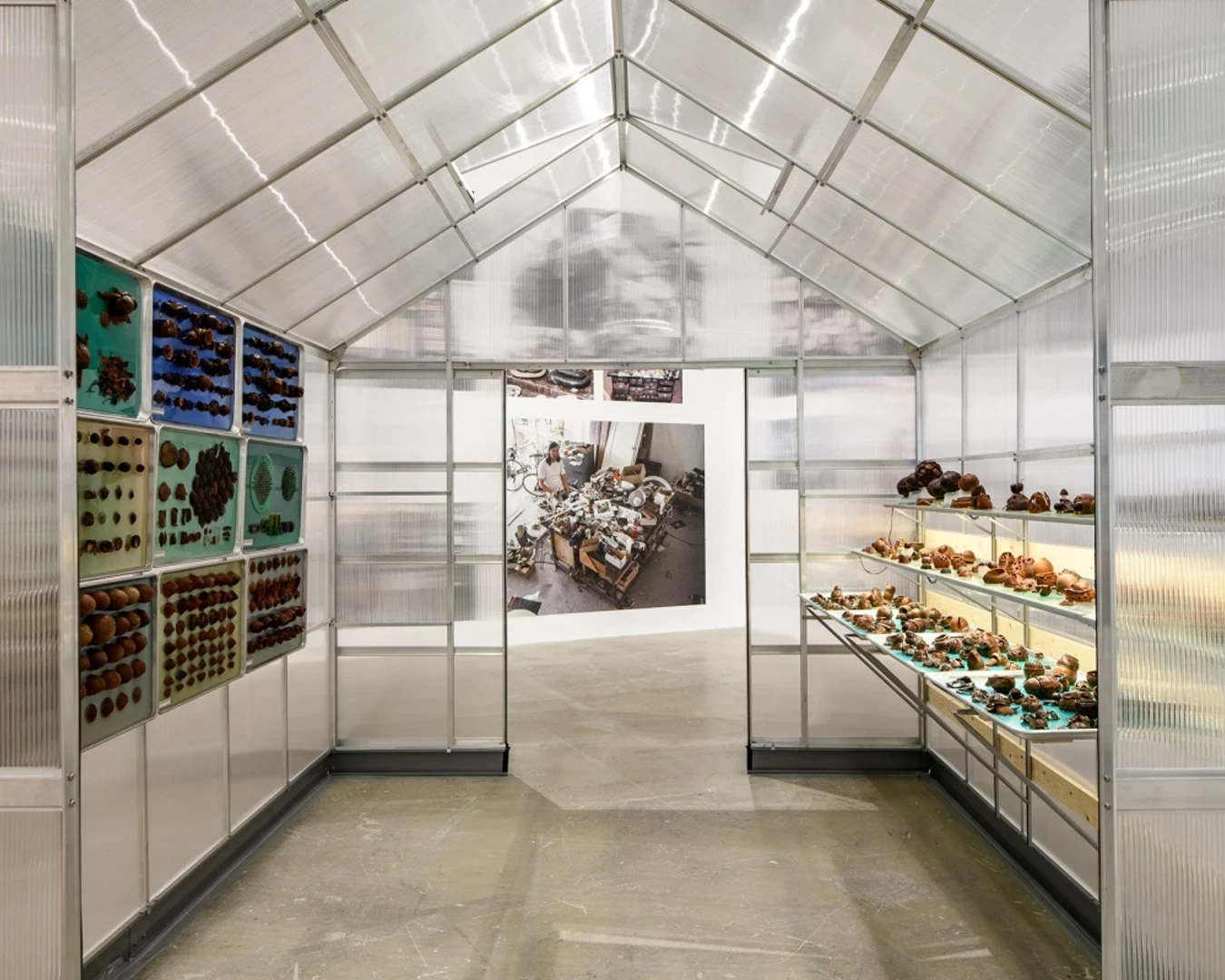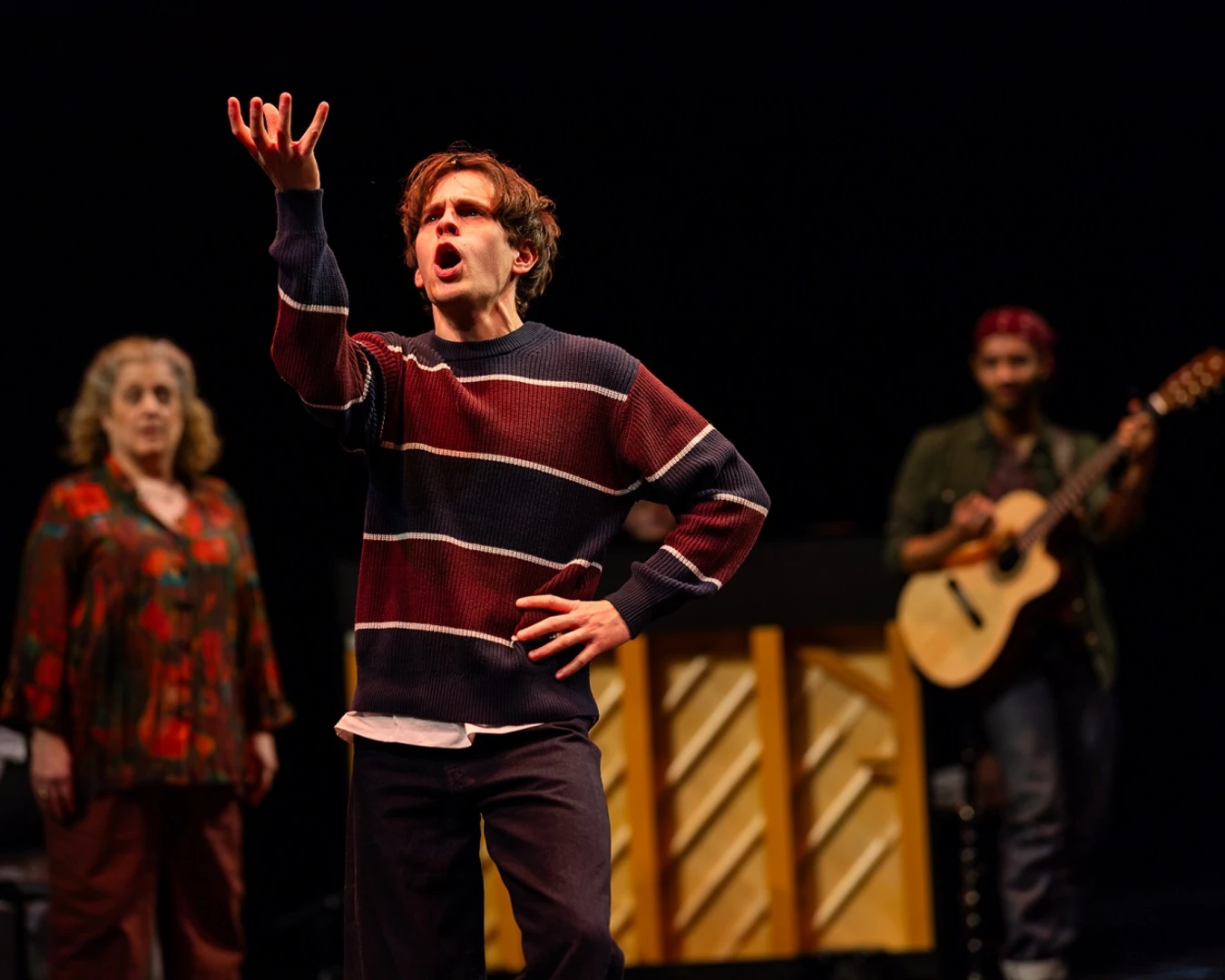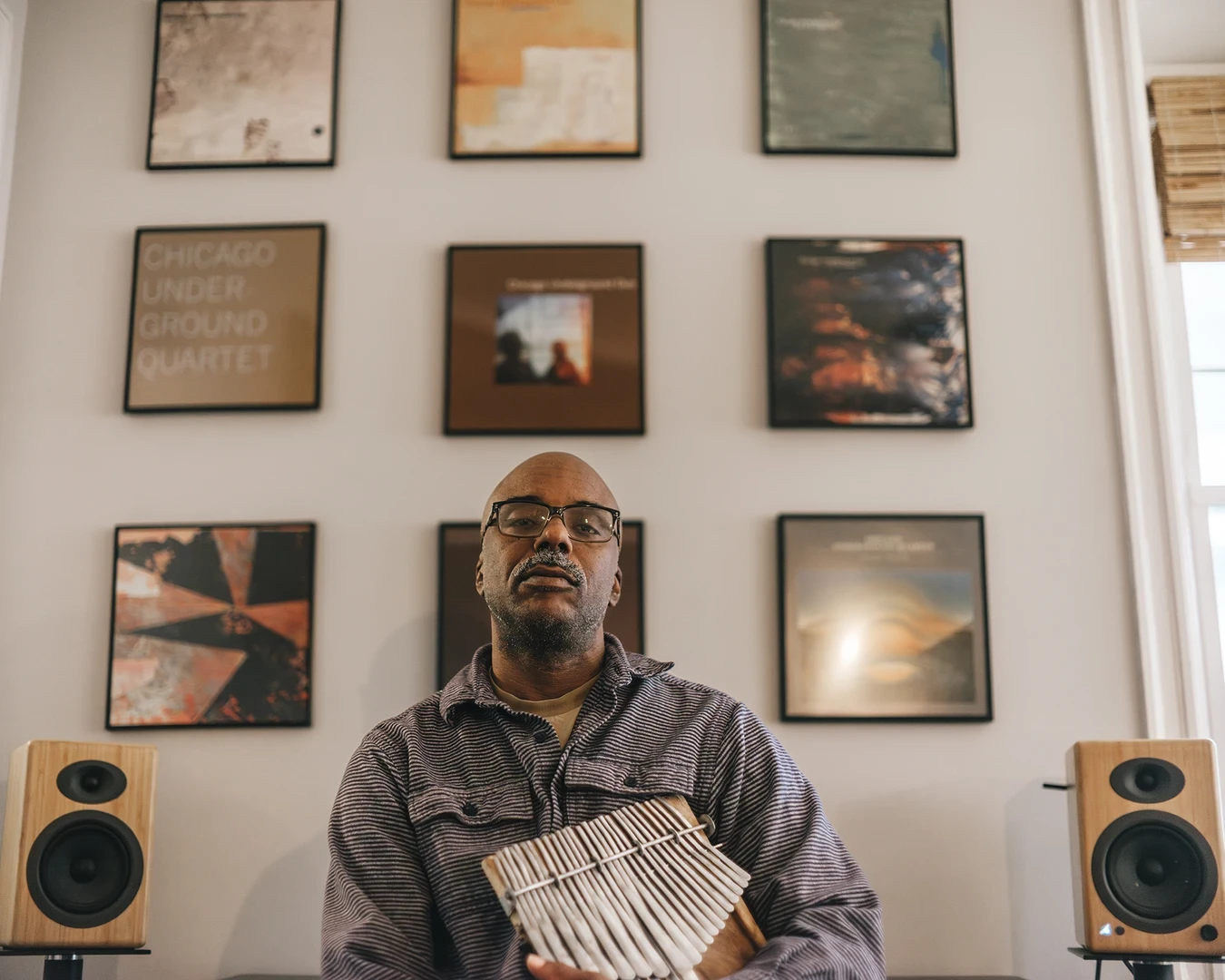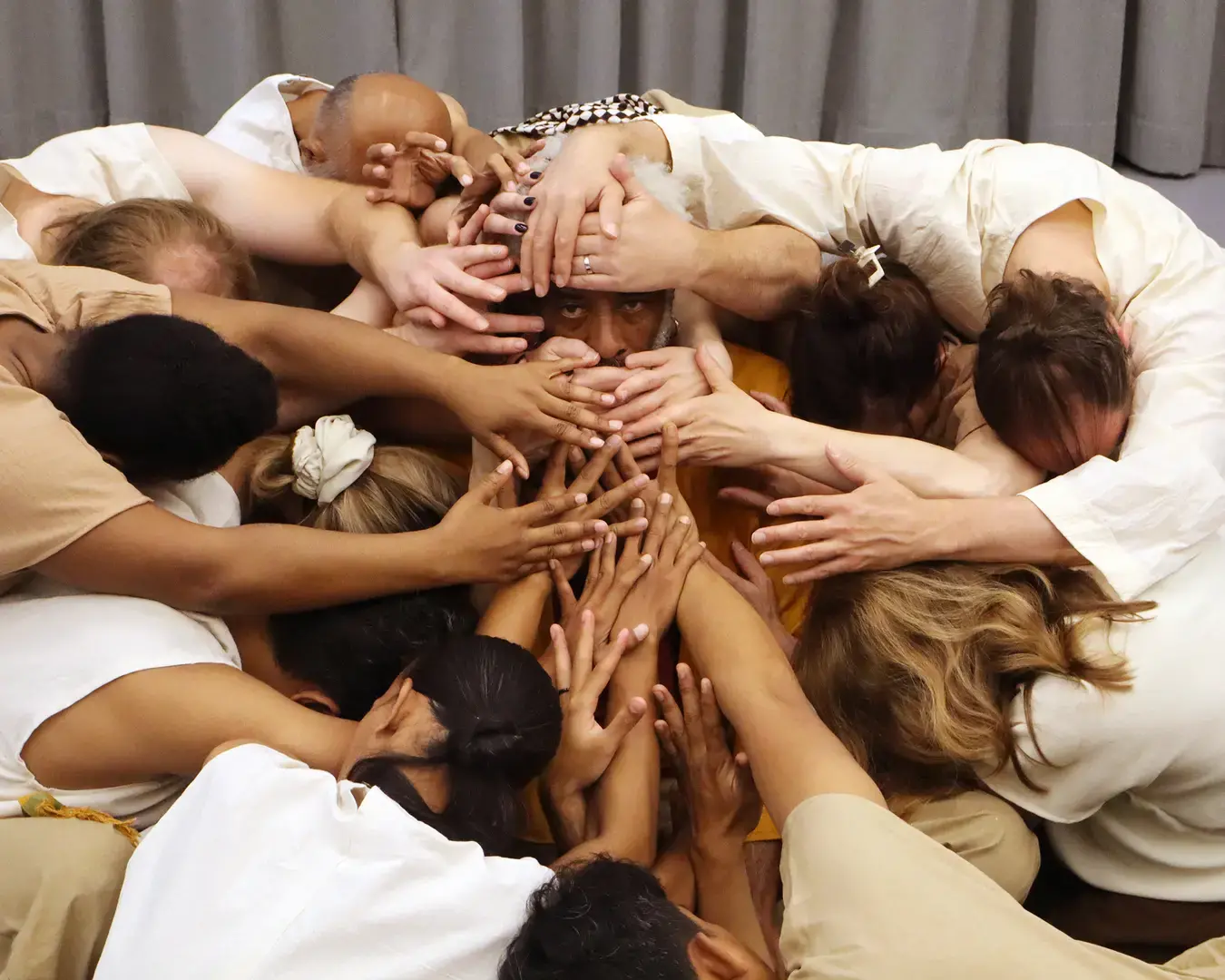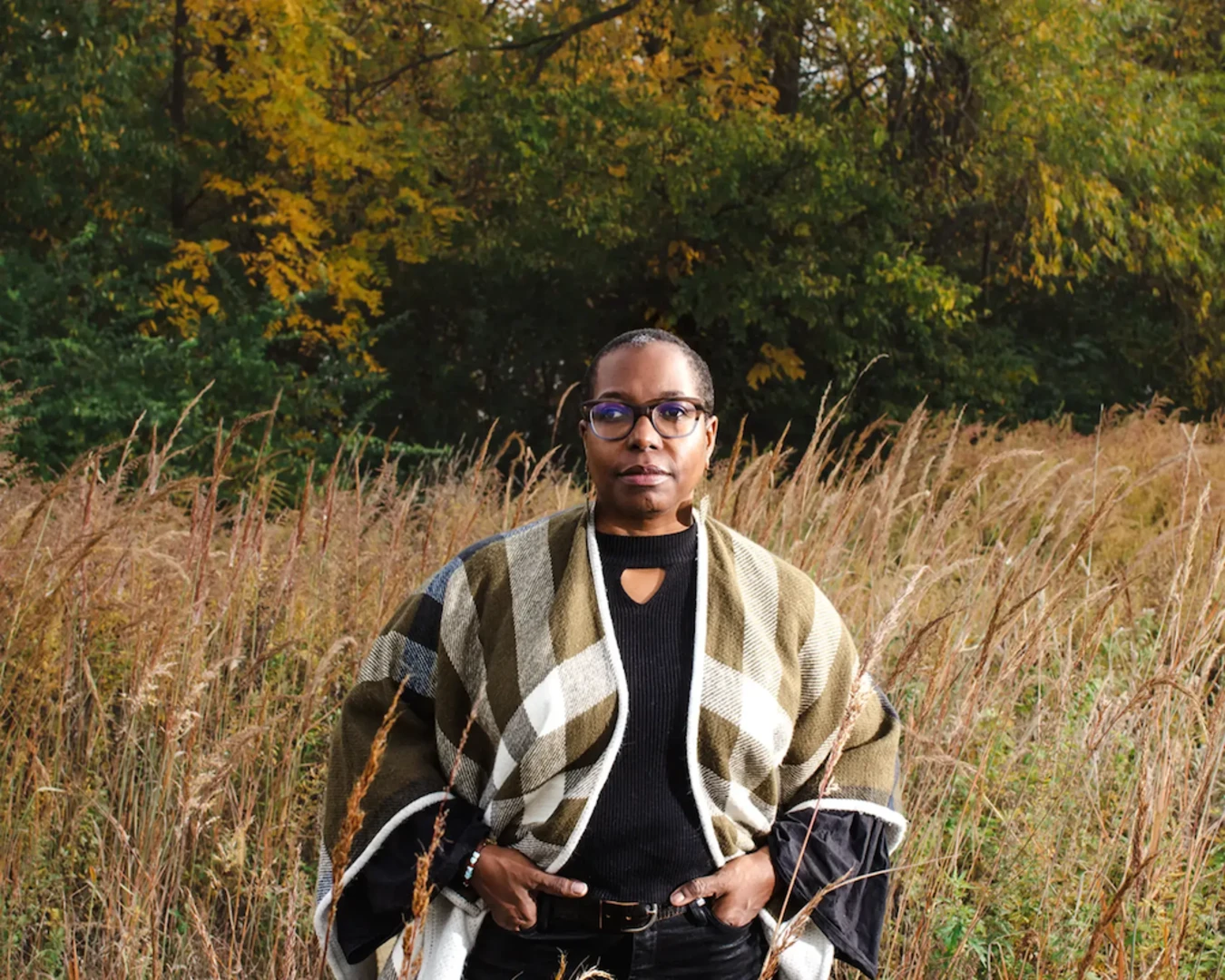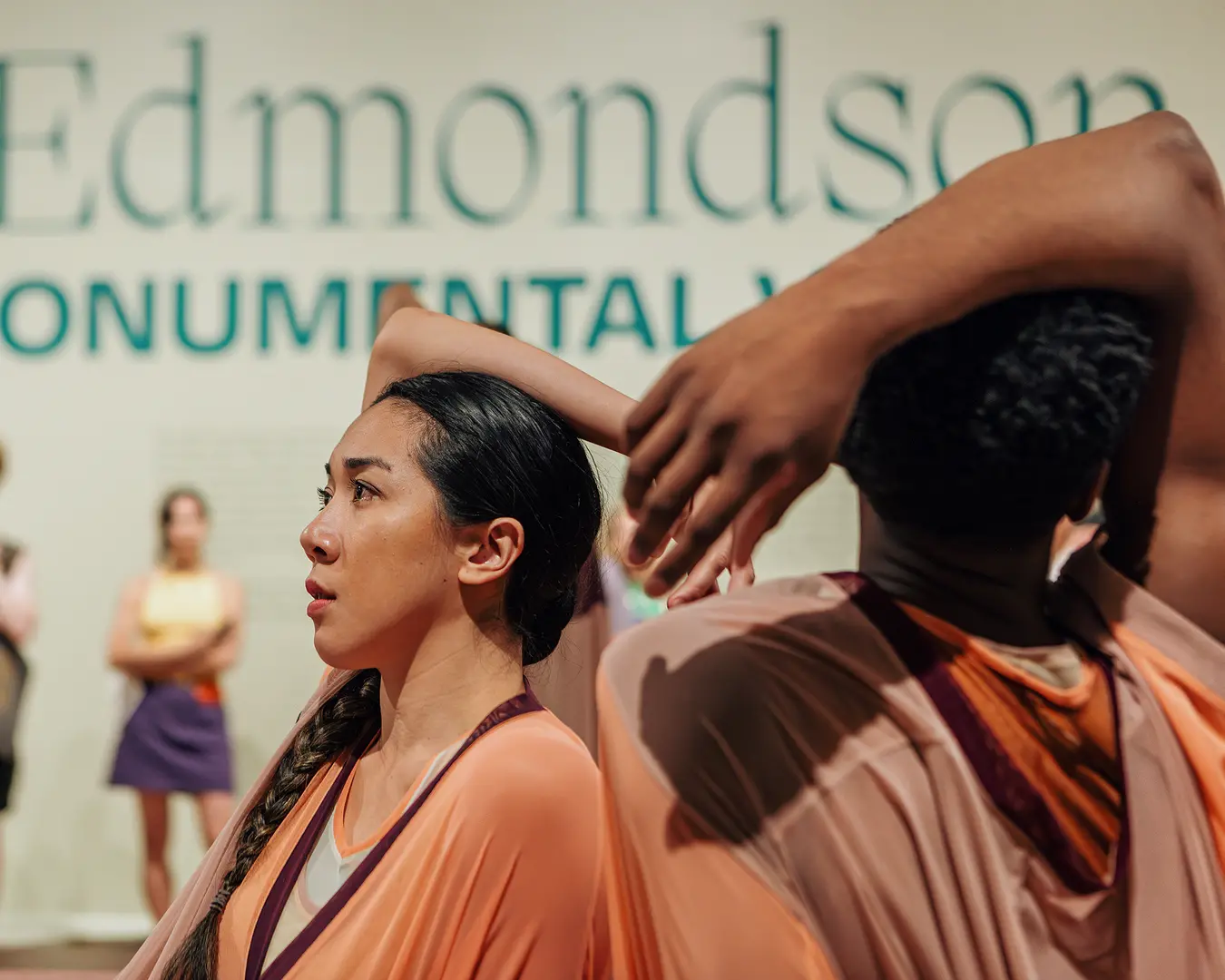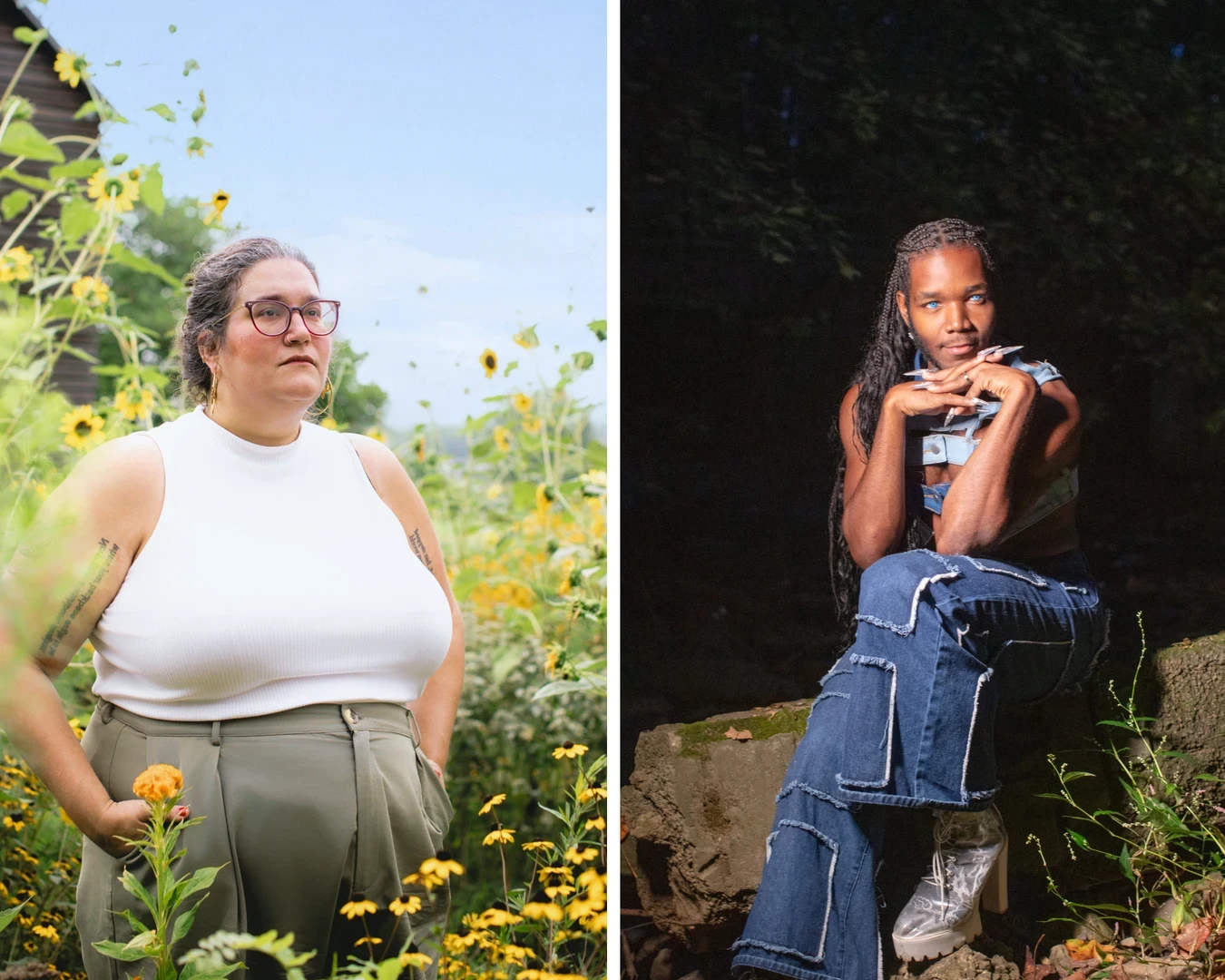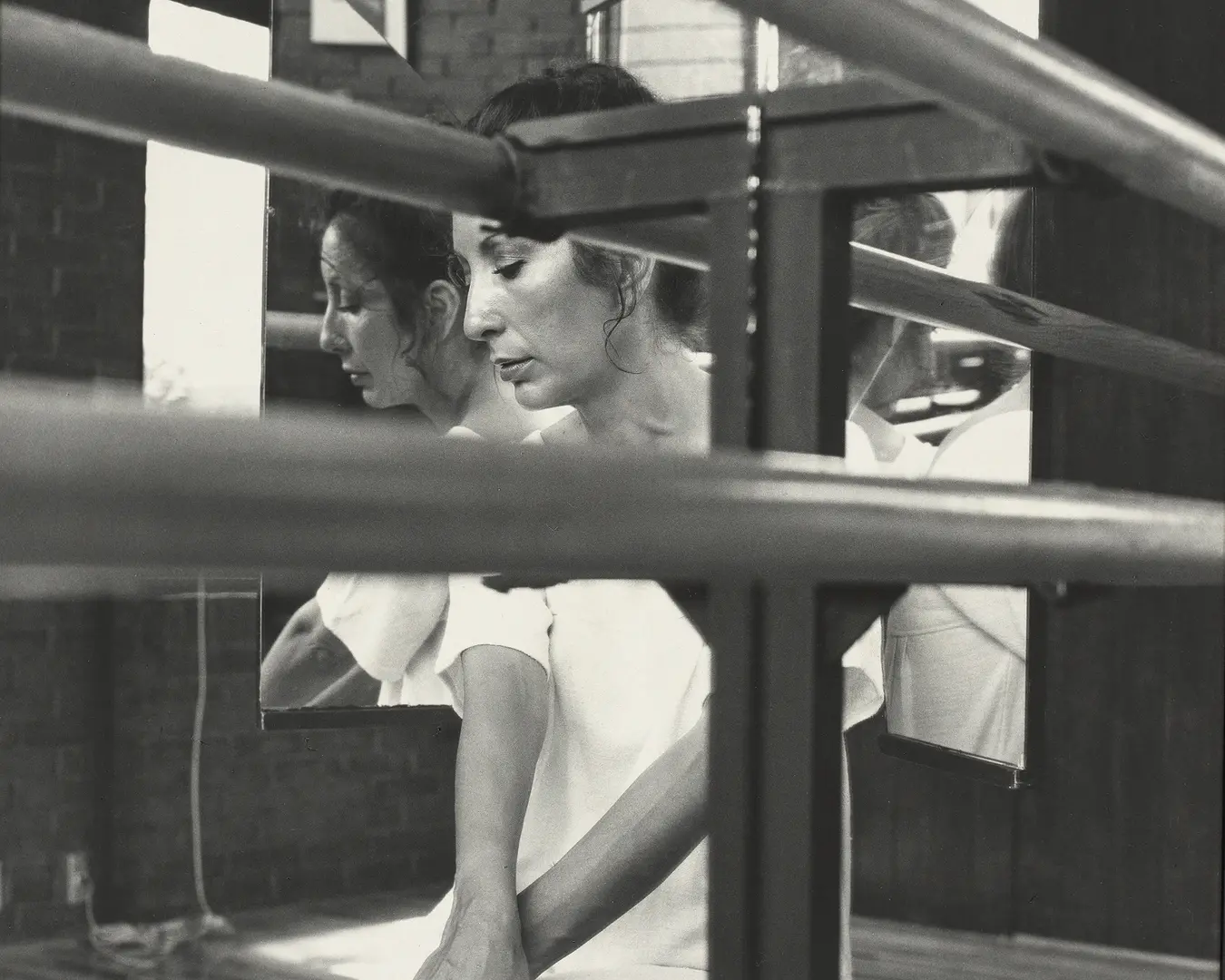Our Pew Fellows interview series focuses on the artistic lives of our Fellows: their aspirations, influences, and creative challenges.
This week, we speak to Moon Molson (2017), whose films portray the stories of people of color, capturing the humor and lyricism of, in his words, “the language of the streets.” Molson’s work examines urban masculinity, legacies of trauma, and family dynamics as he strives to “strike a balance between gritty realism, vernacular lyricism, stark humor, and the surrealism of dreams and hallucinations,” he says. His short films The Bravest, The Boldest(2014), Crazy Beats Strong Every Time (2011), andPop Foul (2007) premiered at the Sundance Film Festival and went on to win several awards, including the Grand Jury Prize at Palm Springs International Festival of Short Films and the Reel Shorts Jury Award at SXSW Film Festival. A 2015 Guggenheim Fellow, Molson currently teaches film at Princeton University’s Lewis Center for the Arts and at Temple University.
How did you become an artist? Is there a particular experience that drove you to this choice?
I’ve been writing and drawing since I could hold a pen, so I’ve pretty much always been an “artist.” My mom recently reminded me how I wrote and illustrated a short story in first grade that won an award, and the story was bound and stocked in the elementary school library. By the time I got to high school, I was pretty sure I wanted to be a graphic novelist (a la Frank Miller and Katsuhiro Otomo). That is, until junior year, when I discovered a late night cable show that highlighted auteurs of art house and international cinema that introduced me to masterworks such as Ingmar Bergman’s Smiles of a Summer Night, Masaki Kobayashi’s Kwaidan, and Woody Allen’s Stardust Memories. After that, I realized something that I hadn’t before—that film could actually be art. And not only that, it combined all the art forms that I loved: storytelling, visual arts, and music.
What was the first work of art that really mattered to you? Did it influence your approach to your work?
As a young black kid, I saw Spike Lee’s Do the Right Thing in a packed movie theater in inner city Detroit. The experience showed me just how powerfully films could move an audience, and that black people could make amazing films—that a filmmaking career was a possibility for someone like me. The film mattered so much to me that it “sealed the deal” on my decision to only apply to colleges with strong film production programs. I even wrote one of my college admissions essays on how much the film affected me emotionally and how it finalized my decision to pursue a life in cinema.
Your films portray the stories of people of color and examine urban masculinity, legacies of trauma, and family dynamics. What do you hope audiences will take away from your work?
That people of African descent—poor or wealthy—are human, beautiful, intelligent, quirky, and complex.
What single ethical consideration most impacts the decisions you make as an artist?
Truth. Simply to tell the truth. That is the onlyconsideration, especially as a practitioner of an art form that is essentially an optical illusion born of a parlor trick.
What is your daily art-making routine?
As a professor of film and media arts, this usually consists of teaching and grading tons of student screenplays and short films throughout the day, only to lament through the evening the limited amount of time I have to write my own screenplays and make my own films. In other words, my art-making routine is probably more “weekendly” or “semester breakly” than daily.
What images or things keep you company in the space where you work?
Since I tend to write in coffee shops around Center City and North Philly, the image that keeps me company is the wallpaper of Frederick Douglass on my laptop. Ironically, the “things” that keep me company are all of the people sitting around me, whom I never speak to, also on their laptops, mouthing words to themselves while drinking coffee. Okay, I might be the only one mouthing words to himself.
What is your biggest motivator as an artist? What is your biggest fear?
My imminent death. Not kidding. Sorry, is that too morbid? Raising money for independent films can take a hell of a long time, so I am acutely aware of how much time has already passed and how little I have left. Yeah, sorry, that’s pretty morbid.
Why do you choose to work and live in Philadelphia? In your experience, what makes this art scene distinctive?
Because it has all of the arts and culture of a city such as, let’s say, Brooklyn (art house cinemas, theater, museums, and restaurants), but for much less rent, and with much less hipster pretension. It’s that same refreshing lack of pretension that makes the art scene here so distinctive.
